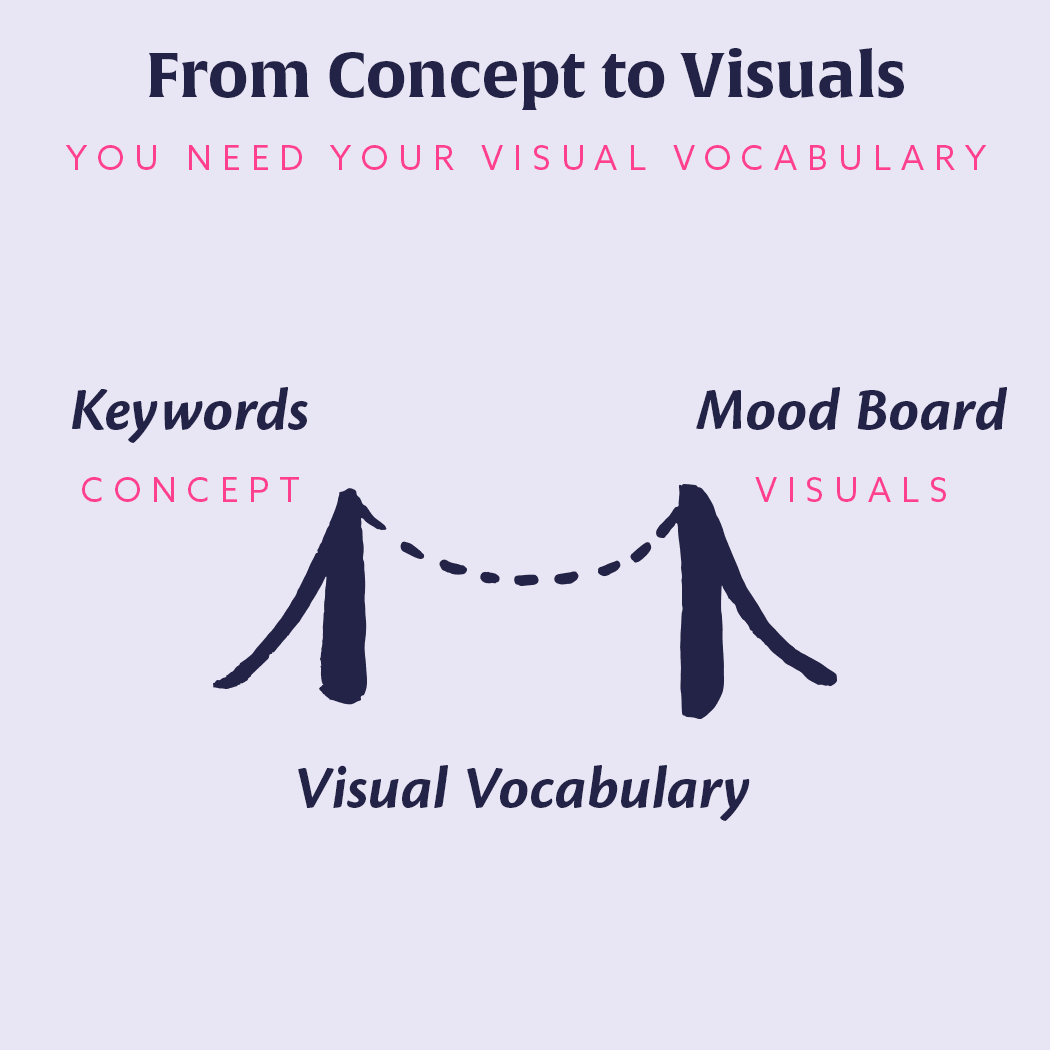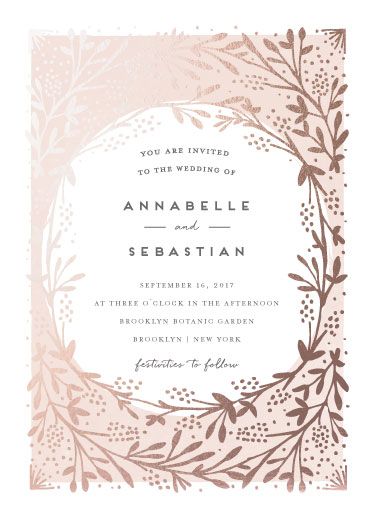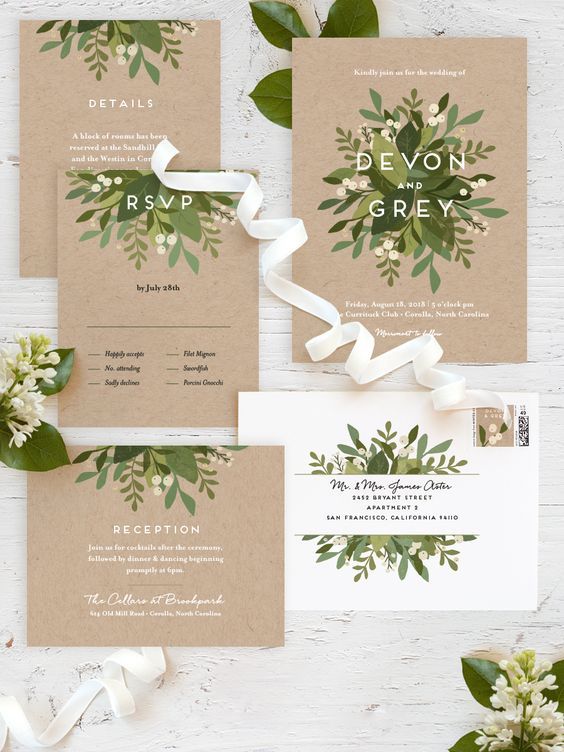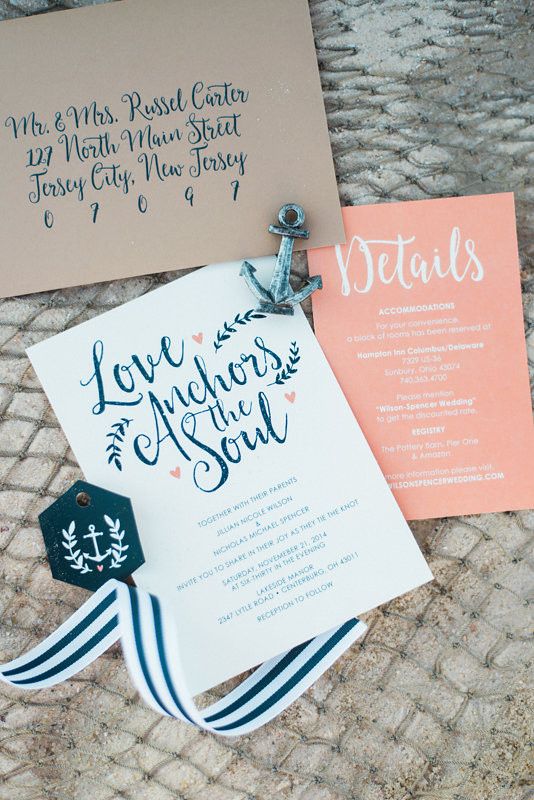[Lesson 3] Your Brand’s Visual Vocabulary
Okay, the first part of your brand brief is all complete, and ready to turn from highly conceptual to highly visual.
But, how do you turn a bunch of pages full of text into visuals? Well, that’s why you summarized all your brand brief (and the work you’ve done in the previous modules) into five keywords. These keywords are special because they’ll help you come up with a visual vocabulary that is unique and connected to you + your own perceptions. And this visual vocabulary will make your brand born.


What’s a visual vocabulary?
Well, as words make possible a written or spoken language, images make a visual language possible too. So a visual vocabulary consists of images and pictures that are related to words and their meaning. And, the meaning of the words is evoked through the image’s colors + elements + shapes.
Your visual vocabulary is all about your ability to convey emotions or words with visual elements. It’s all about your mental connections between visuals + vibes + tones, and what they’re able to communicate.
So, in this lesson, you’ll come up with your own visual vocabulary, and I’ll show you how.
But first, an exercise.
Take a look at the images below, and try to match them up with the words rustic, nautical, and romantic.



Do you have your answers already?
I bet you got:
1 = Romantic, 2 = Rustic, and 3 = Nautical
Hopefully, you decided that on the fact that:
- The pink + florals of image 1 evoke a romantic feel + tone.
- The brown color + natural elements in image 2 made it feel rustic.
- And the anchor, stripes, and navy blue in image 3 come across as nautical.
As you can see, certain design elements can communicate one overall tone in an image, although sometimes, the interpretation may slightly vary from person to person – that’s why it’s important that you give your visual vocabulary some thought + time.
To help you be aware of your visual vocabulary, next time you see an image that makes you feel something or that makes one word come to your mind, try to determine the specific elements of that photo or design that you’re associating with that word. Ask yourself why does this image feel [insert keyword]?

How to build your visual vocabulary for your brand
Now you’ll do the previous exercise the other way around, instead of asking yourself what an image makes you feel and why, you’ll ask yourself what would define or make an image feel [insert keyword]?
For example, if one of your keywords is confident, ask yourself: what would define or make an image feel confident? And think in terms of colors, shapes, and even typography + photography.
Actually, confident is one of my keywords, and when I answered that question, I responded this:
- Deep + grounded colors like navy blue
- Strong type
- Clean lines
- Simplicity
That’s how I interpret the keyword confident, but maybe you see it differently, so you must go through this process with each keyword. And, at the end, you’ll have a useful list of things to look for on Pinterest, Google, and even on magazines.

Make it bigger + better
Finally, if you want to make your visual vocabulary more robust, you can look for your keywords on Pinterest, Google, or Behance like this:
- Keyword + Design
- Keyword + Fashion
- Keyword + Art
- Keyword + Photography
- Keyword + Branding
- Keyword + Graphic
And then, take a close look at the images that catch your eye, and jot down the features + components of these images.
Once you finish building your visual vocabulary you can include your final results on your brand brief, one or two pages will be enough, and they’ll explain very clearly how you interpret your brand’s keywords + how you and future team workers can create new visual materials for your business, and even plan new offerings that fit your brand.
Now get ready to make an extensive research on images that will be part of your mood board.
Now it’s your turn!
- Go step-by-step through this lesson.
- Build your visual vocabulary.
- Then share it in the community, and tell us your questions + doubts.

